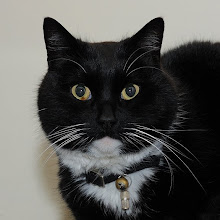One overlooked aspect of the army of William III during the Nine Years' War, is that quite a few Dutch regiments were placed on the English Establishment in 1689 to relieve pressure on the Dutch exchequer. Most of the regiments had accompanied William III, then William of Orange, in November 1688 as part of his invasion force. These regiments stayed in England in 1689 to maintain law and order, as the English regiments were either in Flanders, Ireland or being re-formed following the Revolution. In 1690 these regiments went to Ireland with William III, to participate in that theater of war.
Following the Treaty of Rijswijk in 1697 these regiments were returned to the Dutch Establishment, the last going by 1699. (I have not checked this but there may be another reason. William III did not trust the English regiments, that is the officer corps, so he may have placed the Dutch regiments on the English Establishment as some sort of safeguard.)
The Dutch regiments placed on the English Establishment were:
1. a troop of life guards, which became the nominal 4th Troop of Life Guards, after the three existing troops.
2. a regiment of horse guards. Because this regiment was clad in blue, the existing (English) Royal Regiment of Horse, also clad in blue, adopted the nickname "Oxford Blues" after it colonel, the 20th Earl of Oxford.
3. a regiment of guard dragoons (Garde Dragonders in Dutch)
4. 10 regiments of horse
5. a regiment of foot guards consisting of three battalions. This regiment became the nominal 3rd Regiment of Foot Guards, ranking after the Coldstream Regiment of Foot Guards.
6. three regiments of foot
A future article will detail the regiments.
Subscribe to:
Post Comments (Atom)




No comments:
Post a Comment